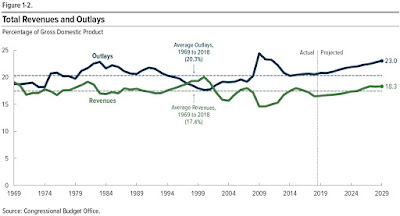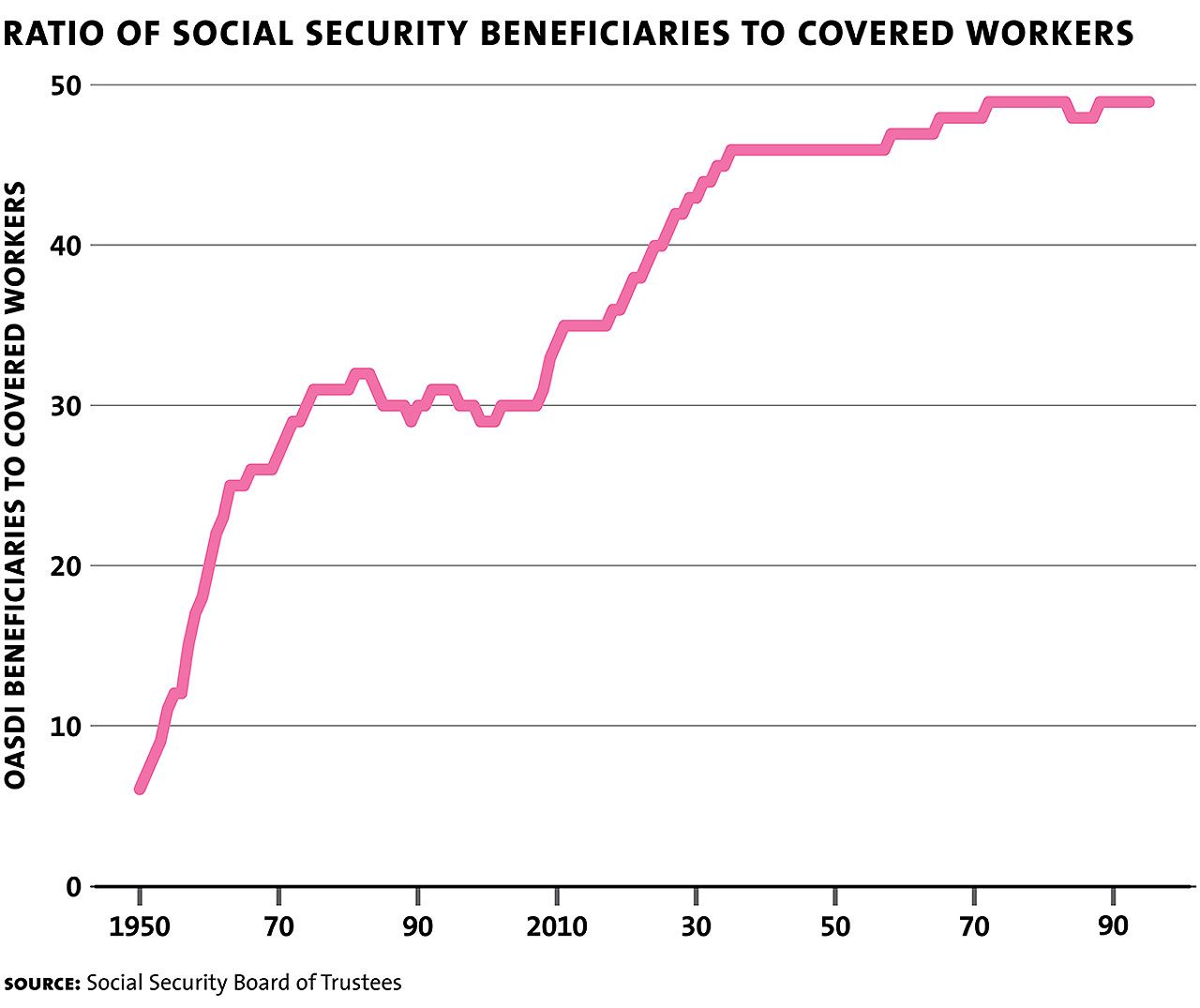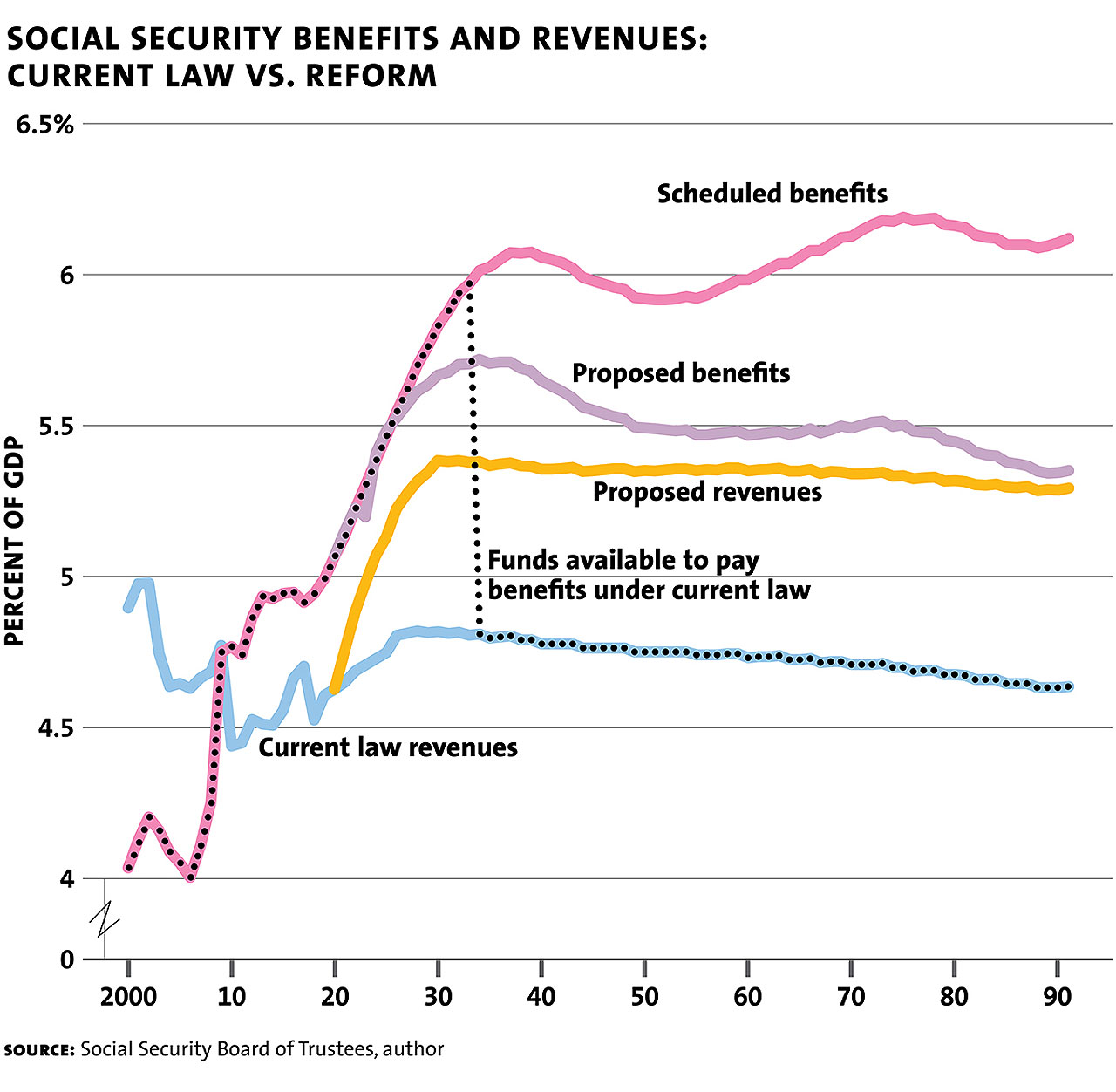___________________________________
Symposium on Women in Economics
"Women in Economics: Stalled Progress," by Shelly Lundberg and Jenna Stearns
Women are still a minority in the economics profession. By the mid-2000s, just under 35 percent of PhD students and 30 percent of assistant professors were female, and these numbers have remained roughly constant ever since. Over the past two decades, women's progress in academic economics has slowed, with virtually no improvement in the female share of junior faculty or graduate students in decades. Little consensus has emerged as to why, though there has been a renewal of widespread interest in the status and future of women in economics and of the barriers they face to professional success. In this paper, we first document trends in the gender composition of academic economists over the past 25 years, the extent to which these trends encompass the most elite departments, and how women's representation across fields of study within economics has changed. We then review the recent literature on other dimensions of women's relative position in the discipline, including research productivity and income, and assess evidence on the barriers that female economists face in publishing, promotion, and tenure. While differences in preferences and constraints may directly affect the relative productivity of men and women, productivity gaps do not fully explain the gender disparity in promotion rates in economics. Furthermore, the progress of women has stalled relative to that in other disciplines in the past two decades. We propose that differential assessment of men and women is one important factor in explaining this stalled progress, reflected in gendered institutional policies and apparent implicit bias in promotion and tenure processes.
Full-Text Access | Supplementary Materials
"Variation in Women's Success across PhD Programs in Economics," by Leah Boustan and Andrew Langan
We document wide and persistent variation in women's representation and success across graduate programs in economics. Using new data on early career outcomes for recent graduates, including first job placement, publications, and promotion, we rank (anonymized) departments on outcomes for women relative to men graduating from the same program. We then conduct interviews with faculty and former students from five programs with better and worse relative outcomes. We find that departments with better outcomes for women also hire more women faculty, facilitate advisor-student contact, provide collegial research seminars, and are notable for senior faculty with awareness of gender issues. We offer our qualitative evidence as the first step in learning about "what works" in expanding women's representation in economics.
Full-Text Access | Supplementary Materials
"Fixing the Leaky Pipeline: Strategies for Making Economics Work for Women at Every Stage," by
Kasey Buckles
While women comprise over half of all undergraduate students in the United States, they account for less than one-third of economics majors. From there, the proportion of women at each stage of the academic tenure track continues to decrease, creating a "leaky pipeline." In this paper, I provide a toolkit of interventions that could be implemented by individuals, organizations, or academic units who are working to attract and retain women students and faculty at each stage of this pipeline. I focus on smaller-scale, targeted interventions that have been evaluated in a way that allows for the credible estimation of causal effects.
Full-Text Access | Supplementary Materials
Symposium on Financial Stability Regulation
"Financial Regulation: Still Unsettled a Decade after the Crisis," by Daniel K. Tarullo
A decade after the darkest moments of the financial crisis, both the US financial system and the legal framework for its regulation are still in flux. The post-crisis regulatory framework has made systemically important banks much more resilient. They are substantially better capitalized and less dependent on runnable short-term funding. But the current regulatory framework does not deal effectively with threats to financial stability outside the perimeter of regulated banking organizations, notably from forms of shadow banking. Moreover, with the political tide having for the moment turned decisively toward deregulation, there is some question whether the resiliency improvements of the largest banks will be preserved. This article assesses the accomplishments, unfinished business, and outstanding issues in the post-crisis approach to prudential regulation.
Full-Text Access | Supplementary Materials
"Prone to Fail: The Pre-crisis Financial System," by Darrell Duffie
The financial crisis that began in 2007 was triggered by over-leveraged homeowners and a severe downturn in US housing markets. However, a reasonably well-supervised financial system would have been much more resilient to this and other types of severe shocks. Instead, the core of the financial system became a key channel of propagation and magnification of losses suffered in the housing market. Critical financial intermediaries failed, or were bailed out, or dramatically reduced their provision of liquidity and credit to the economy. In short, the core financial system ceased to perform its intended functions for the real economy at a reasonable level of effectiveness. As a result, the impact of the housing-market shock on the rest of the economy was much larger than necessary. In this essay, I will review the key sources of fragility in the core financial system. I discuss the weakly supervised balance sheets of the largest banks and investment banks; the run-prone designs and weak regulation of the markets for securities financing and over-the-counter derivatives; the undue reliance of regulators on market discipline; and the interplay of too-big-to-fail and the failure of market discipline. Finally, I point to some significant positive strides that have been made since the crisis: improvements in the capitalization of the largest financial institutions, a reduction of unsafe practices and infrastructure in the markets for securities financing and derivatives, and a significantly reduced presumption that the largest financial firms will be bailed out by taxpayer money in the future. But I will also mention some remaining challenges to financial stability that could be addressed with better regulation and market infrastructure.
Full-Text Access | Supplementary Materials
"Would Macroprudential Regulation Have Prevented the Last Crisis?" by David Aikman, Jonathan Bridges, Anil Kashyap and Caspar Siegert
How well equipped are today's macroprudential regimes to deal with a rerun of the factors that led to the global financial crisis? To address the factors that made the last crisis so severe, a macroprudential regulator would need to implement policies to tackle vulnerabilities from financial system leverage, fragile funding structures, and the build-up in household indebtedness. We specify and calibrate a package of policy interventions to address these vulnerabilities-policies that include implementing the countercyclical capital buffer, requiring that banks extend the maturity of their funding, and restricting mortgage lending at high loan-to-income multiples. We then assess how well placed are two prominent macroprudential regulators, set up since the crisis, to implement such a package. The US Financial Stability Oversight Council has not been designed to implement such measures and would therefore make little difference were we to experience a rerun of the factors that preceded the last crisis. A macroprudential regulator modeled on the UK's Financial Policy Committee stands a better chance because it has many of the necessary powers. But it too would face challenges associated with spotting build-ups in risk with sufficient prescience, acting sufficiently aggressively, and maintaining political backing for its actions.
Full-Text Access | Supplementary Materials
Symposium on Public Provision of Economic Data
"The Value of US Government Data to US Business Decisions," by Ellen Hughes-Cromwick and Julia Coronado
The US government is a major producer of economic and financial data, statistics, analysis, and forecasts that are gathered, compiled, and published as public goods for use by citizens, government agencies, researchers, nonprofits, and the business community. There is no market transaction in the publication and dissemination of these government data and therefore no market-determined value. The purpose of this paper is to outline and augment our understanding of the value of government data for business decision-making. We provide an overview of the topic, including results from government reports and a private sector survey. We then provide concrete examples of how these government data are used to make business decisions focusing on three sectors: automotive, energy, and financial services. Examples of new initiatives by the federal government to open access to more data, exploiting technology advances associated with the internet, cloud storage, and software applications, are discussed. With the significant growth in the digital economy, we also include discussion and insights around how digital platform companies utilize government data in conjunction with their privately generated data (or "big data") to foster more informed business decisions.
Full-Text Access | Supplementary Materials
"On the Controversies behind the Origins of the Federal Economic Statistics," by Hugh Rockoff
Our federal economic statistics originated in the economic and political divisions in the United States and the bitter debates over economic policy they engendered at the end of the 19th century and during the world wars and Great Depression. Workers were angry because they believed that they were being exploited by robber barons who were capturing all of the benefits of economic growth, while employers were just as sure that the second industrial revolution had brought workers an unparalleled increase in real wages. Other debates centered on the effects of unrestricted immigration on wages and employment opportunities of native-born Americans, on the effects of tariffs on prices paid by consumers, on the effects of frequent financial panics on employment, and, during the world wars, on the effects of wage and price controls on the living standards of workers. Participants on all sides of these debates believed that nonpolitical and accurate statistics constructed by experts would help to win support for the policies they favored. In most cases, the development of these statistics was led by individuals, private organizations, and state governments, although the federal government eventually took over the role of producing these statistics on a regular basis. Here I provide brief histories of the origins of US statistics on prices, national income and product, and unemployment to illustrate this story.
Full-Text Access | Supplementary Materials
"Evolving Measurement for an Evolving Economy: Thoughts on 21st Century US Economic Statistics," by Ron S. Jarmin
The system of federal economic statistics developed in the 20th century has served the country well, but the current methods for collecting and disseminating these data products are unsustainable. These statistics are heavily reliant on sample surveys. Recently, however, response rates for both household and business surveys have declined, increasing costs and threatening quality. Existing statistical measures, many developed decades ago, may also miss important aspects of our rapidly evolving economy; moreover, they may not be sufficiently accurate, timely, or granular to meet the increasingly complex needs of data users. Meanwhile, the rapid proliferation of online data and more powerful computation make privacy and confidentiality protections more challenging. There is broad agreement on the need to transform government statistical agencies from the 20th century survey-centric model to a 21st century model that blends structured survey data with administrative and unstructured alternative digital data sources. In this essay, I describe some work underway that hints at what 21st century official economic measurement will look like and offer some preliminary comments on what is needed to get there.
Full-Text Access | Supplementary Materials
Articles
"Environmental Justice: The Economics of Race, Place, and Pollution," by Spencer Banzhaf, Lala Ma and Christopher Timmins
The grassroots movement that placed environmental justice issues on the national stage around 1980 was soon followed up by research documenting the correlation between pollution and race and poverty. This work has established inequitable exposure to nuisances as a stylized fact of social science. In this paper, we review the environmental justice literature, especially where it intersects with work by economists. First we consider the literature documenting evidence of disproportionate exposure. We particularly consider the implications of modeling choices about spatial relationships between polluters and residents, and about conditioning variables. Next, we evaluate the theory and evidence for four possible mechanisms that may lie behind the patterns seen: disproportionate siting on the firm side, "coming to the nuisance" on the household side, market-like coordination of the two, and discriminatory politics and/or enforcement. We argue that further research is needed to understand how much weight to give each mechanism. Finally, we discuss some policy options.
Full-Text Access | Supplementary Materials
"Economists (and Economics) in Tech Companies." by Susan Athey and Michael Luca
As technology platforms have created new markets and new ways of acquiring information, economists have come to play an increasingly central role in tech companies-tackling problems such as platform design, strategy, pricing, and policy. Over the past five years, hundreds of PhD economists have accepted positions in the technology sector. In this paper, we explore the skills that PhD economists apply in tech companies, the companies that hire them, the types of problems that economists are currently working on, and the areas of academic research that have emerged in relation to these problems.
Full-Text Access | Supplementary Materials
"Parag Pathak: Winner of the 2018 Clark Medal." by Ariel Pakes and Joel Sobel
The American Economic Association awarded Parag Pathak the 2018 John Bates Clark Medal for his research on the impacts of educational policies. Both the theory and the empirical research take the constraints facing administrators seriously. As a result, Parag's research led directly to educational reforms in many large US cities and abroad. The leading example is Parag (and co-authors') research on school assignment mechanisms that led many school districts to institute fairer and more efficient procedures for allocating students to schools. The institutional detail Parag learned in working on the assignment problem led to innovative empirical work on the impacts of different types of schools, most notably of charters, which was suggestive of the characteristics of both successful schools and of the types of students who gained from being enrolled in them. Using the data generated by the new assignment rules, his recent work provides complete frameworks for the quantitative analysis of the benefits of different assignment mechanisms and has measured those benefits in New York high schools.
Full-Text Access | Supplementary Materials
"Recommendations for Further Reading," by Timothy Taylor
Full-Text Access | Supplementary Materials







